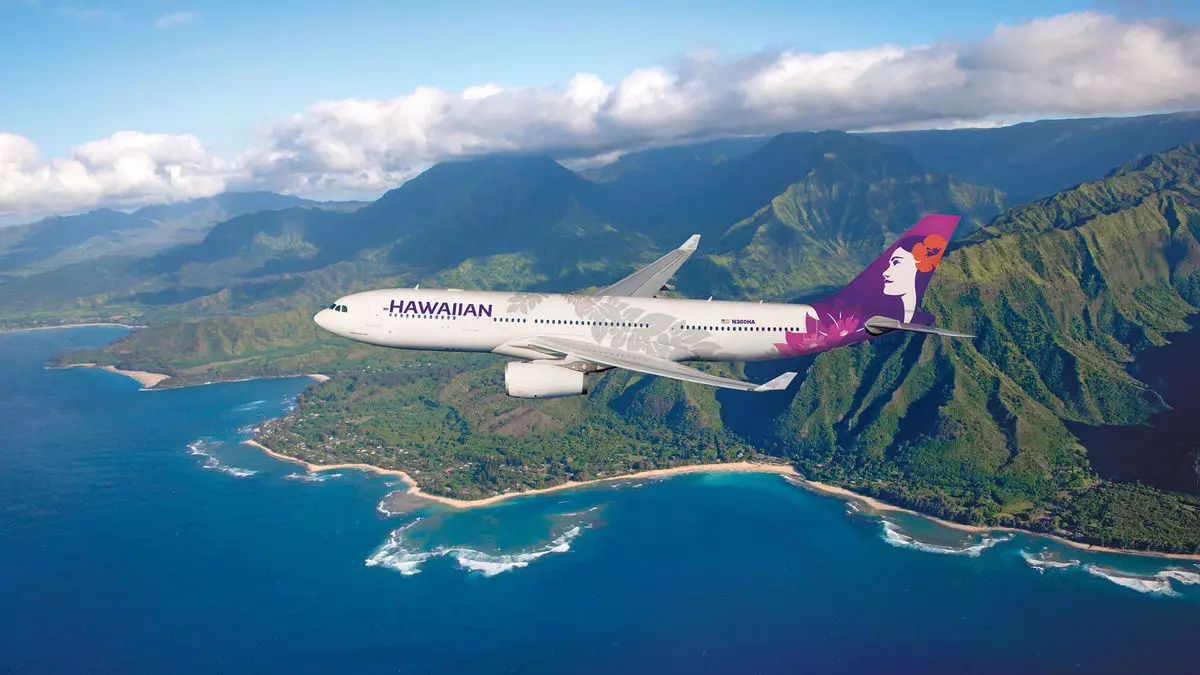The recent merger between Alaska Airlines and Hawaiian Airlines marks a significant milestone in the aviation industry, presenting both an opportunity for financial recovery and a chance to redefine air travel between the U.S. mainland and the islands. This strategic partnership has heralded a new era for Hawaiian Airlines, which has been struggling to regain its footing after the financial hit it suffered during the Lahaina wildfires in Maui last summer. The merger aims to create a robust financial foundation for Hawaiian Airlines, which has not recorded a profit since the onset of the pandemic.
The acquisition by Alaska Airlines brings a wealth of resources and financial stability to the Hawaiian carrier, which is crucial given its recent operational challenges. Analyst George Ferguson of Bloomberg Intelligence emphasizes that the focus of this acquisition is not merely operational efficiency or cost-reduction strategies. Instead, the primary goal is to strengthen Hawaiian’s balance sheet, allowing it to stabilize and potentially thrive in a competitive marketplace. The backing of a financially sound parent company like Alaska Airlines could help Hawaiian unlock new avenues for revenue generation, which have otherwise been limited due to past adversities.
For travelers based in Hawaii, this merger harbors the promise of improved travel options that have been long overdue. Brett Snyder, an airline industry analyst and founder of the Cranky Flier blog, notes that the united network will enable Hawaiian travelers to access a myriad of destinations across the continental U.S. without the hassle of juggling multiple airline carriers. This newfound accessibility could lead to a surge in travel from Hawaii to various parts of the mainland, enhancing the overall travel experience for residents and visitors alike.
As Alaska Airlines absorbs Hawaiian Airlines’ diverse fleet of aircraft, including both widebody and narrowbody planes, the integration will not be without its challenges. Historically, Alaska Airlines has focused predominantly on operating a fleet of Boeing narrowbody jets. The addition of different aircraft types may result in operational complexities. Ferguson’s observation about the potential strain on Alaska’s established cost structure holds merit; maintaining efficiency while adapting to increased operational diversity will be a crucial balancing act.
Looking ahead, there is a palpable sense of excitement surrounding the possibility of new long-haul routes being introduced, particularly from Alaska’s base in Seattle. Given Alaska Airlines’ history of endeavoring to expand and push the limits of its operations, the outlook appears promising. Snyder’s expectation that the newly merged entity will explore transoceanic services underscores the potential for the airline to not only rebound but to thrive in the global market.
The merger of Alaska and Hawaiian Airlines is much more than just a corporate acquisition; it represents a significant transformation in the travel landscape for Hawaiian residents and mainland travelers. As both airlines work together to navigate the intricacies of this partnership, the aviation industry is set to witness the emergence of a new powerhouse that promises to enhance connectivity and elevate the travel experience for all. With challenges ahead, the focus will be on optimizing efficiencies while broadening the scope of services available, ensuring that both carriers can reap the rewards of their union.


Leave a Reply